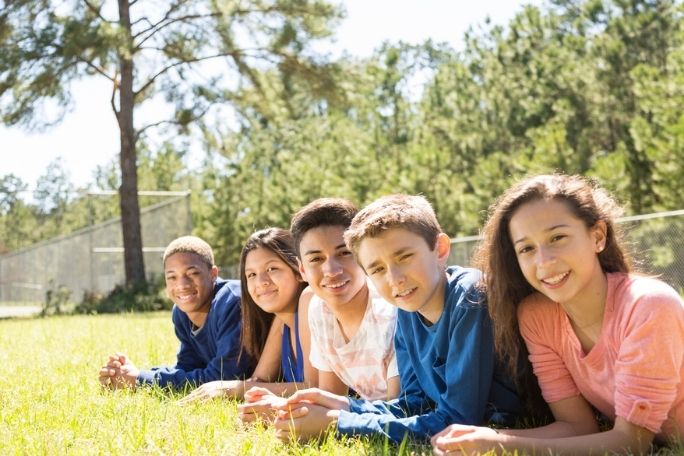Lesson summary
Have you ever had a chat with biodiversity? No? Well that’s because biodiversity (the variety of plants and animals that we depend upon for all of our needs) doesn’t have a voice. To speak up for the environment you can use a biodiversity index to present logical arguments and fight to protect all organisms for future generations. Off you go!
Lesson guides and printables
Lesson details
Curriculum mapping
Curriculum codes:
Complete lesson for classroom teachers:
https://www.coolaustralia.org/activity/ooutdoor-learning-biodiversity-index-year-8/
Ideal for: Lower Secondary
Themes:
- investigate
- fresh air
Time required: 40 minutes
Curriculum connections: Mathematics, Numeracy, Critical and Creative Thinking, Sustainability
Resources required
- Binoculars
- Species List
- Calculator
- Computer/internet
- Magnifying glass
- Notebook for recording information
- Pencil
- Ruler
Additional info
Safety advice: Conduct a risk assessment of the site. Examples of potential dangers outside: large trees with dead or dying limbs, stinging or biting insects, sunburn and dehydration. Remember, it’s always best to be prepared by having a phone and first aid kit handy.
Some kids will be able to work on this activity with minimal support.
The biodiversity or number of different species that exist in an ecological community is important to ensuring the survival of all species in the community. Increased biodiversity affords a greater chance of there being individuals better able to adapt to changes in the environment.
Scientists calculate a biodiversity index as one measure of the ecological importance of a community. People depend upon a high biodiversity as we search for new resources including food products, fabrics for clothing and medicines. We might say no tree no me but we should also demand the protection of the grasses, shrubs, insects, spiders, birds, reptiles and mammals, for they all depend on one another, just like us.
Learning@Home resources are designed for parents and teachers to use with children in the home environment. They can be used as stand-alone activities or built into existing curriculum-aligned learning programs. Our Learning@Home series includes two types of resources. The first are fun and challenging real-world activities for all ages, the second are self-directed lessons for upper primary and secondary students. These lessons support independent learning in remote or school settings.


Welcome back!
Don't have an account yet?
Log in with:
By signing up to Cool.org you consent and agree to Cool's privacy policy to
store, manage and process your personal information. To read more, please see
our privacy policy here(Opens in new tab).
Create your free Cool.org account.
Many of our resources are free, with an option to upgrade to Cool+ for premium content.
Already have an account?
Sign up with:
By signing up to Cool.org you consent and agree to Cool's privacy policy to
store, manage and process your personal information. To read more, please see
our privacy policy here(Opens in new tab).